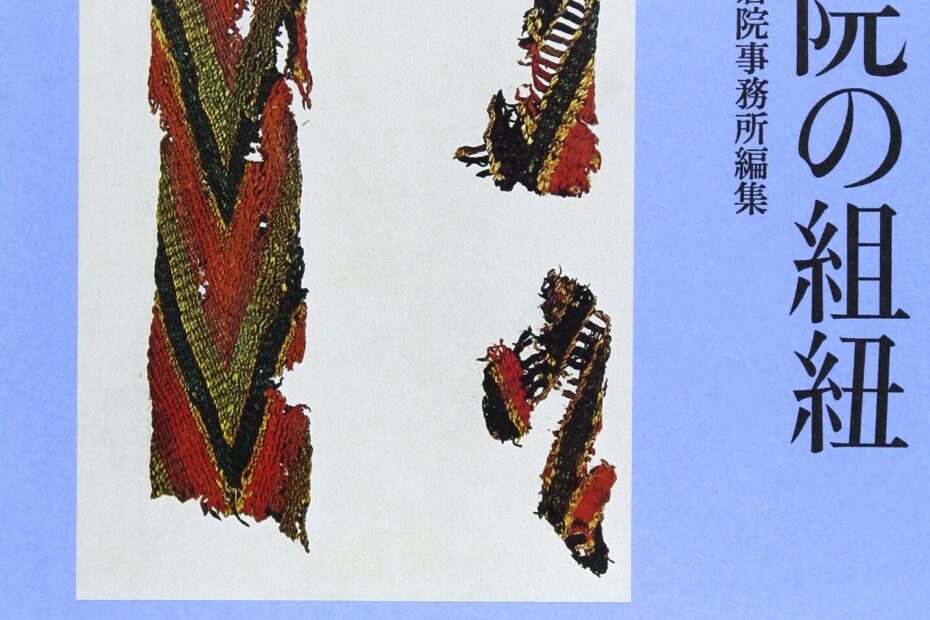
In ancient times, kumihimo was finger braided.
You can see it in the oldest national treasure, the obi belt in the Shosoin collection.
During the Nara, Heian, Kamakura, and Sengoku periods, many kumi-himo were made as important parts of swords and armor. All of them were made by finger-jointing.
What is known today as kumi-himo is made using a device called “marudai” or “takadai,” all of which were invented in the Edo period (1603-1868).
They were all invented during the Edo period (1603-1867), when the population suddenly gathered in the large city of Edo and the demand for kumi-himo increased, and the technique was invented for higher productivity.
Finger braid (called “kute-uchi” in Japan) can be found worldwide, but there are two main classifications: Asian and Western. The classification is based on the shape of the finger that takes up the thread. In the West, the left and right threads are pinched and crossed with the index and middle fingers, respectively, but in Asia, the twill is picked up with a finger (“twill picking”). In Asia, the twill is made with the little finger, so the hand with the thread on it is worked with the palm up. (In the West, the opposite is true.)
Yubigumi braided cords do not require any special equipment. The flexibility of the yarn makes it possible to reproduce hundreds of patterns (even alphabet patterns are possible if you weave widely). A small bracelet can be made in about an hour.
Why don’t you start a new craft, Kumi-himo, with your fingers in the long autumn evenings?
